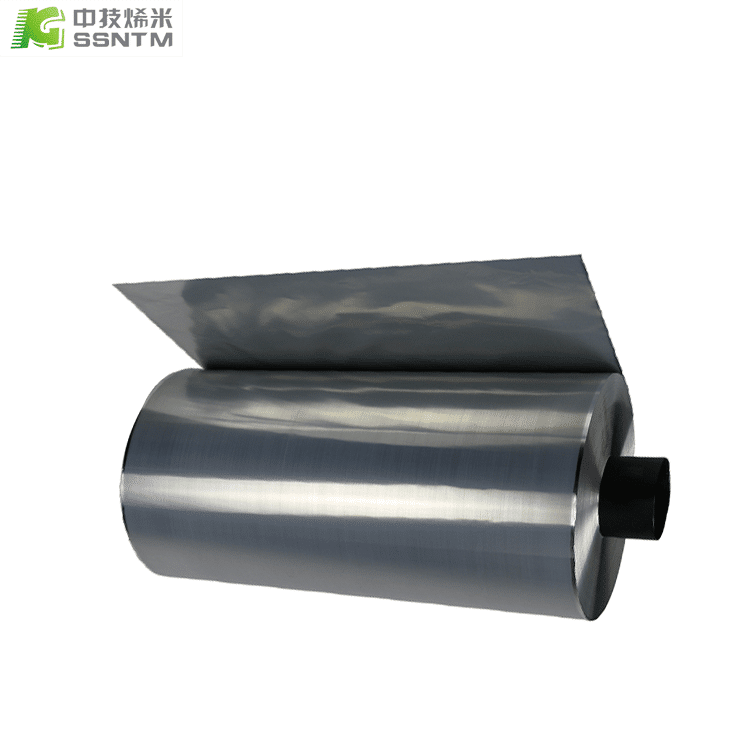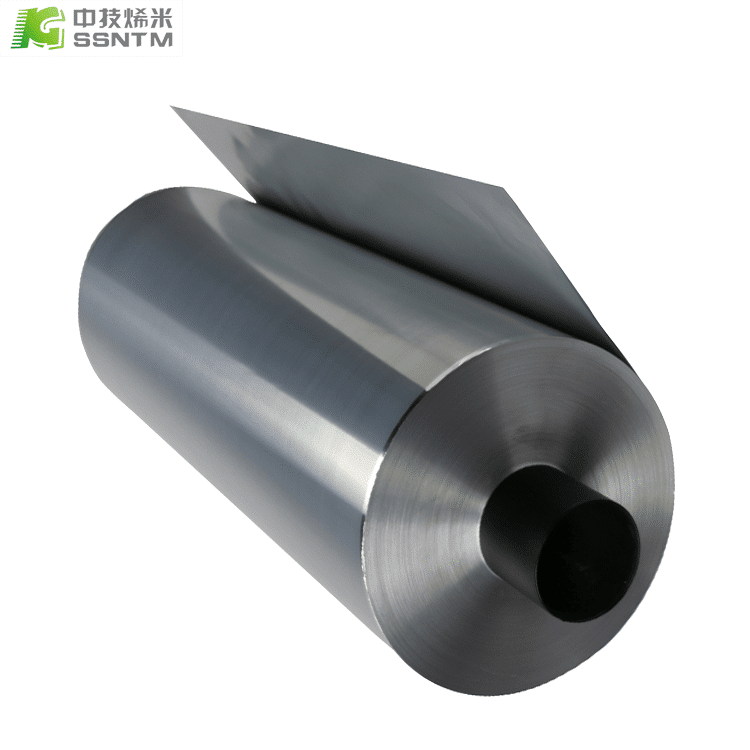What are the three types of current collectors?
There are three types of current collectors used in batteries. They are:
1. Foil-type current collectors: Foil-type current collectors are essentially thin sheets of metal that are used to collect and distribute the current in a battery. These current collectors are typically made of metals with high electrical conductivity, such as copper or aluminum. Foil current collectors are commonly used in lithium-ion batteries.

2. Mesh-type current collectors: Mesh-type current collectors are made up of a network of wires or fibers that are woven together to form a three-dimensional mesh structure. This type of current collector provides a large surface area for contact with the active material, which can help reduce the resistance in the current path. Mesh-type current collectors are commonly used in high-power applications where low internal resistance is critical.
3. Bipolar plates: Bipolar plates are current collectors that are used in fuel cells. They help to distribute the reactants and products between adjacent cells, while also providing a path for the flow of electrons. Bipolar plates are made of materials that are corrosion-resistant, electrically conductive, and durable, such as graphite or metals that are coated with a thin layer of graphite or another corrosion-resistant material.
Overall, the choice of current collector depends on the specific application and performance requirements. Foil-type current collectors are commonly used in lithium-ion batteries, while mesh-type current collectors are typically used in high-power applications. Bipolar plates are used in fuel cells as current collectors.


